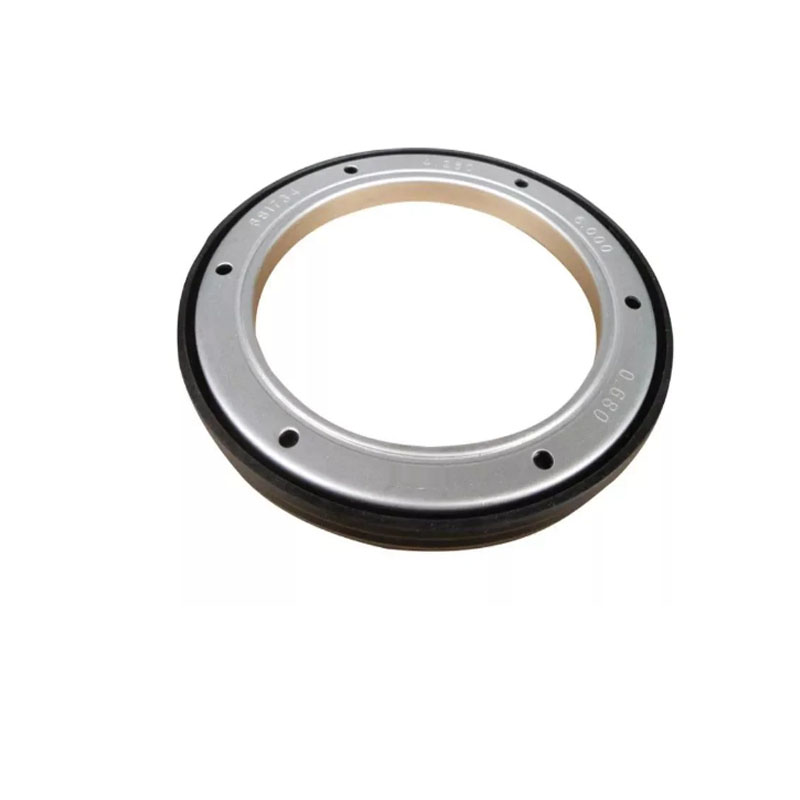Understanding the Importance and Function of Half Shaft Seals in Automotive Applications
Understanding Half Shaft Seals Importance and Functionality
Half shaft seals, often referred to as CV axle seals, are critical components in the drivetrain system of vehicles that feature front-wheel drive or all-wheel drive configurations. These seals play a pivotal role in ensuring the efficient operation of the vehicle by preventing fluid leaks and protecting essential components from dirt and debris. This article delves into the importance, functionality, and maintenance tips regarding half shaft seals.
The Role of Half Shaft Seals
At its core, the half shaft seal is designed to prevent the leakage of lubricants from the differential or transmission areas of a vehicle. Specifically, these seals are located at the point where the half shafts connect to the transmission and the wheel hub. Without these seals, several issues can arise
1. Fluid Containment The most straightforward function of half shaft seals is to retain the lubricating oil in the system. Lubricants reduce friction between moving parts, enhance efficiency, and prolong the lifespan of the drivetrain components.
2. Contaminant Protection Half shaft seals act as barriers against dirt, dust, and moisture – agents that can cause wear and tear on the inner workings of the axle. By keeping these contaminants at bay, half shaft seals help maintain optimal performance levels.
3. Preventing Damage When a half shaft seal fails, it can lead to a series of problems. Oil leaks may occur, which can lead to insufficient lubrication, overheating, and eventual failure of the axle or transmission components. Moreover, the ingress of contaminants can lead to excessive wear and diminished performance.
Identifying Seal Issues
Given the vital role of half shaft seals, recognizing the signs of failure is essential for any vehicle owner. Some common indicators of a failing seal include
half shaft seal

- Visible Leaks Oil patches in the parking area or wet spots around the axle can indicate a failing seal. - Unusual Noises Grinding or clunking noises when turning can signify that the CV joints are not receiving adequate lubrication. - Vibration or Changes in Handling If you notice unexpected vibrations or changes in how your vehicle handles, it may be worth inspecting the half shaft seals.
Maintenance and Replacement
Regular maintenance is key to ensuring longevity and functionality in half shaft seals. Here are some tips for maintaining these seals
1. Visual Inspections Periodically check for visible signs of wear or damage around the seals, especially during routine oil changes or tire rotations.
2. Prompt Repairs If you notice any fluid leaks or unusual vehicle behavior, have the vehicle inspected by a professional. Addressing issues promptly can save significant repair costs down the line.
3. Quality Replacement Parts If a seal needs replacing, opt for high-quality parts that meet or exceed OEM specifications. Investing in quality replacement seals can ensure better performance and longevity.
Conclusion
Half shaft seals might be small components, but they hold immense importance in the overall performance and reliability of a vehicle. By understanding their function, recognizing potential issues, and maintaining them proactively, vehicle owners can safeguard their investment and ensure a smooth driving experience. Always remember, preventing minor issues related to seals can save you from significant headaches and expenses in the future.
-
The Ultimate Guide to Boat Propeller Bearings and Trailer Wheel Bearings
News Jul.31,2025
-
The Essential Guide to Marine Bearings and Boat Trailer Wheel Bearings
News Jul.31,2025
-
The Complete Guide to Heavy Duty Seals: Protecting Doors and Spaces Efficiently
News Jul.31,2025
-
Essential Guide to Marine Shaft Bearings and Boat Trailer Axle Bearings
News Jul.31,2025
-
Comprehensive Guide to Marine and Trailer Bearings for Safe Boating and Transport
News Jul.31,2025
-
Comprehensive Guide to Automotive Oil Seals: Protecting Your Engine and Shafts
News Jul.31,2025
-
Understanding Automotive Oil Seals: Essential Components for Engine and Shaft Protection
News Jul.30,2025
Products categories















